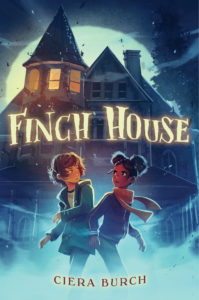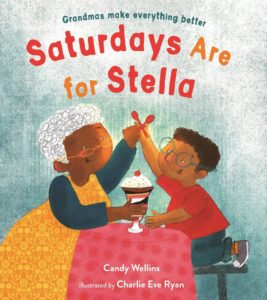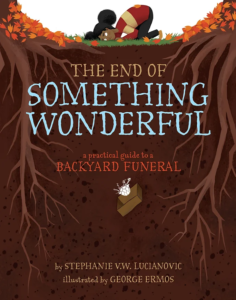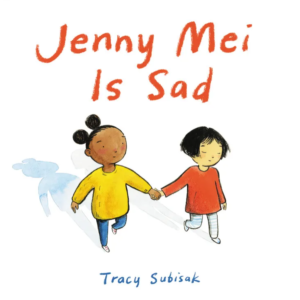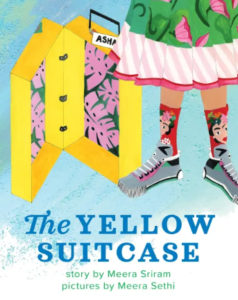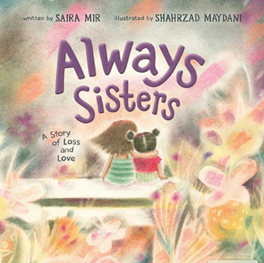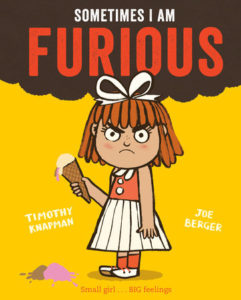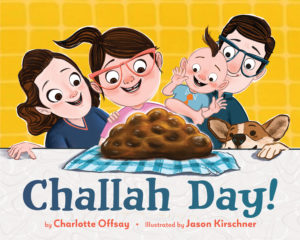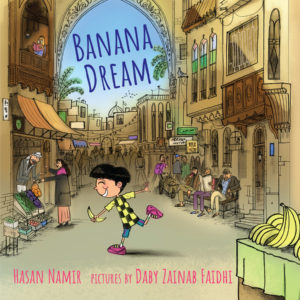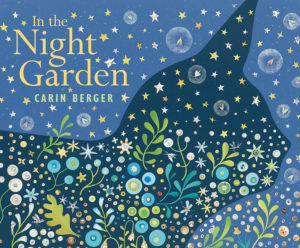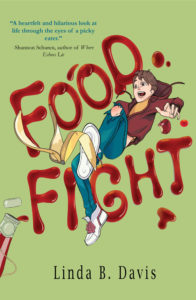“Growing Up and Growing Older”
Adults were kids once.
As a kid, the idea that your parents and grandparents have led a good deal of their lives without you present in it can be a hard thing to grasp. I think that’s part of what makes seeing pictures of the adults in our lives as children so strange and yet so much fun. It’s hard to take a fully-fledged adult (or someone who seems like a fully-fledged adult when you’re young) and think of them as being your age at some point. For many kids, they only have the here and now: This is my mom and she has always been my mom. Who she might be outside of that identity, or before it, can feel a lot like a mystery.
Even more so when there is no evidence for it—no pictures or stories readily available or shared. For example, my own Poppop was (very briefly!) in modeling school and even now, it’s something I can’t wrap my head around. Often, however, it’s not simply a job someone may have had or how they may have looked, but the surprise of an action or a personality trait.
In Finch House, Micah has a very clear perception of Poppop. After all, she should. She’s lived with him her entire life and considers him one of her best friends. He’s also someone who has always been forthcoming in his reasonings about things. Except for when it comes to asking her to leave a curious, unassuming Victorian house alone. In this instance, his behavior shifts into someone she doesn’t recognize because, in a way, Poppop is not someone she recognizes. His own childhood experiences and connection with Finch House have shaped his behavior regarding it, both in the past and in the present. But Micah has no context for his past self, so his behavior makes no sense to her.
Without any insight into who Poppop was or what the house means to him, Micah’s attempts to find and connect with him lead to her following in his footsteps while looking for more information on him and his past, which quickly becomes scary and even a little dangerous. She becomes aware that her present day childhood and his past childhood were set in two very different time periods within very different societies and that his actions, and his silence about his childhood since, reflect that.
Over time there has been a lot of change and progress in many areas of acceptance and equality in society and because change is not a static thing and humans are capable of learning, there will continue to be. Hiding the past from kids, whether it’s actual history or personal or familial history, does a disservice to everyone. Kids deserve to know that their parents or grandparents are and have always been as human as they are. They had friends and played games and teased their siblings…and they also made mistakes. Sometimes those mistakes are in the context of a society that looks very different than our current one, but it doesn’t mean they should be ignored or hidden from sight, especially if feelings and minds and hearts have since changed. Just as we have all changed from childhood, so too will the current generation of kids, and it can be nice to know that you aren’t alone in something as monumental as growing up.
Published September 5th, 2023 by Margaret K. McElderry Books
About the Book: Encanto meets Coraline in this spooky middle grade story that deals with family ties, fear of change, and generational trauma as it follows a girl who must convince an old, haunted house to release its hold on her and her family.
Eleven-year-old Micah has no interest in moving out of her grandfather’s house. She loves living with Poppop and their shared hobby of driving around rich neighborhoods to find treasures in others’ trash. To avoid packing, Micah goes for a bike ride and ends up at Finch House, the decrepit Victorian that Poppop says is Off Limits. Except when she gets there, it’s all fixed up and there’s a boy named Theo in the front yard. Surely that means Finch House isn’t Off Limits anymore? But when Poppop finds her there, Micah is only met with his disappointment.
By the next day, Poppop is nowhere to be found. After searching everywhere, Micah’s instincts lead her back to Finch House. But once Theo invites her inside, Micah realizes she can’t leave. And that, with its strange whispers and deep-dark shadows, Finch House isn’t just a house…it’s alive.
Can Micah find a way to convince the house to let her go? Or will she be forced to stay in Finch House forever?
About the Author: Ciera Burch(she/her/hers) is a lifelong writer and ice cream aficionado. She has a BA from American University and an MFA from Emerson College. Her fiction has appeared in The American Literary Magazine, Underground, Five Points, Stork, and Blackbird. Her work was also chosen as the 2019 One City One Story read for the Boston Book Festival. While she is originally from New Jersey, she currently resides in Washington, DC, with her stuffed animals, plants, and far too many books. Visit Ciera at CieraBurch.com.
Thank you, Ciera, for this look at perspective!
